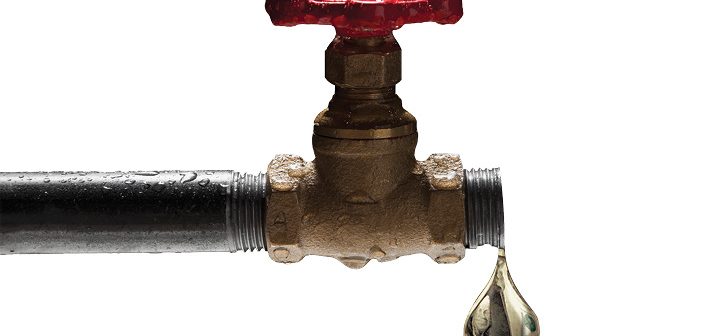You’ve heard the phrase “that must have cost a mint,” which is a nod to the money held by the U.S. Mint.
But did you know the nickels and dimes it produces haven’t been around forever?
Before the Founding Fathers framed the Constitution, our currency included a mix of foreign and colonial (British) coin—as well as livestock, and produce. So when you talk about doling out a “lot of lettuce,” —once upon a time it might actually have been a lot of lettuce.
To simplify matters, Alexander Hamilton decided to standardize currency (no more fruit and veg) which included plans for a national mint (the U.S. Mint) to produce U.S. coins which would be the only currency. Hamilton was also a founder of a private bank (Bank of New York), which survives to this day as Bank of New York Mellon, the ninth-largest U.S. bank by assets. This banking experience led to Hamilton’s role as the first Secretary of the Treasury, a monumental job on which the financial security and continued independent existence of America depended.
Generations later, another Treasury Secretary was handed his own monumental task.
Salmon Portland Chase—Secretary under Lincoln—had to figure out how to fund the Civil War. His solution? Sell the public bonds and loan notes, including loan notes that paid no interest but were “payable on demand.” These “Demand Notes”—small pieces of paper—came in small denominations like $5, $10 and $20, and could be exchanged for “real” coin money, which meant they functioned as currency. To combat counterfeiting, the loan notes were eventually printed on green paper as photographic reproduction was only possible in black & white back then. These small, green-colored loan notes remained popular even after the Civil War, and the idea stuck— with paper “demand notes” or bills, permanently joining coins as our currency.
We haven’t, however, finished the story. One of Hamilton’s other notable claims to fame in addition to standardizing a supply of coin currency—was his death. He was killed, underhandedly, in an infamous duel with political rival Aaron Burr. And if you don’t exactly love big banking—Burr was also the founder of a big bank, established in 1799, in a house in New York City. Anticipating, correctly, a brutal competitive response from Hamilton and his own Bank of New York, Burr cunningly disguised his institution’s real purpose, and the company was founded under the guise of a water-services company—The Manhattan Company—ostensibly to bring clean water to the Lower Manhattan district of the city. As a water-services company, it did an awful job, and the water-supply unit of the company was sold off following a cholera epidemic. Burr kept the unit of the company that provided credit to its water-supply customers (its bank) and proved quite successful. It’s even possible you’ve heard of this water company’s credit-provision unit under one of the other names it came to be known—Chase Manhattan, and later J. P. Morgan Chase. Or to you and me—simply “Chase.” And now you know the whole story.
“Historical footnote”: Your Credit Union is proud to be a small part of Hamilton’s honorable legacy of creating financial stability with transparency. And unlike the big banks—with due respect to those venerable institutions founded by Hamilton and Burr—we offer higher savings and lower loan rates than many other financial institutions.
For example—everyone who has Direct Deposit can qualify for a 1% discount on qualifying loans including Auto, Home Equity and Signature. And our low-rate credit cards (half/less rates of most banks/retailers) are perfect for any purchases.





